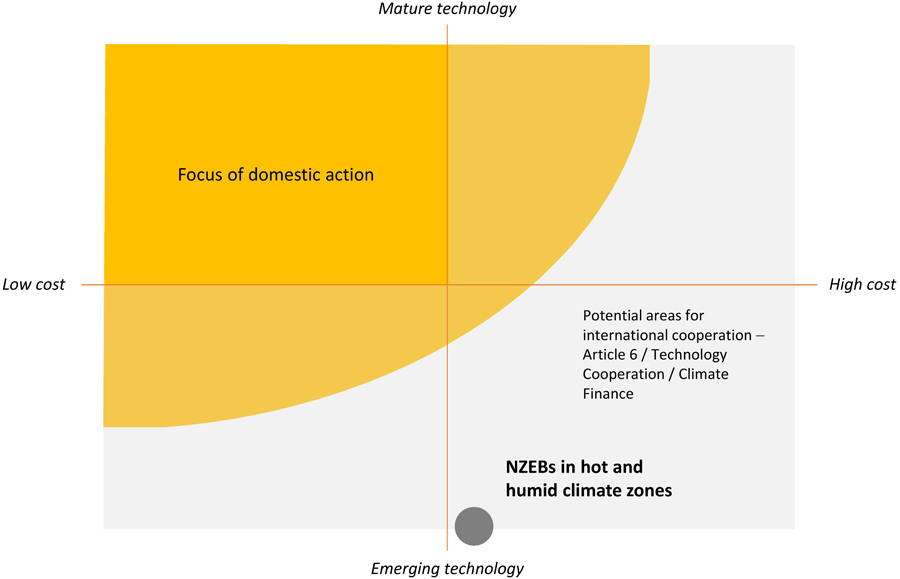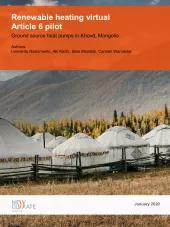Article 6 of the Paris Agreement provides the framework for a new generation of carbon markets in a context where all countries are supposed to formulate and implement ambitious Nationally Determined Contributions towards a temperature target and ratchet their contribution on a regular basis. With the final rules for Article 6 being an issue of ongoing negotiation, virtual pilots can help contribute to the discussion regarding rulemaking for Article 6 and inform new ways to cooperate. NewClimate Institute has identified the construction of Net-Zero Energy Buildings in Colombia as a promising emission reduction option for a virtual Article 6 pilot.
Conclusions:
For this virtual Article 6 pilot, we explored the construction of NZEBs in the hot and humid climate zone of Cartagena, Colombia. Introducing NZEBs to Colombia has the potential to improve construction practices, reduce energy consumption, realise monetary savings both for residents and the Colombian government, increase energy access and security, improve personal health and comfort, as well as reduce emissions.
Encouraging NZEB construction has the potential to support the transformation of the Colombian building sector. While policy developments in the Colombian building sector are moving in the right direction and aim to improve energy efficiency, examples of net-zero energy concepts are missing. We found no existing or planned NZEB projects in Colombia and only a few examples of NZEBs in tropical, humid regions in other parts of the world.
Though based on only one example, our case study cost assessments indicate that an NZEB comes at approximately a 15% price premium compared to standard buildings. The financial attractiveness of the suite of measures to bring about NZEBs for housing buyers is heavily dependent on their income level and the socio-economic grouping that determines their eligibility for electricity subsidies. Regardless of income level and socio-economic grouping, the price premium of an NZEB comes at a significant financial risk with regard to the upfront investment. If NZEBs become more common, however, supply chains would develop, economies of scale could be found, and costs are expected to decrease.
An Article 6 pilot would very likely be both additional and otherwise inaccessible in Colombia without foreign support. First, as explained, NZEBs are uncommon to non-existent in Colombia and (more widely) Latin America. Second, the various components of an NZEB are underdeveloped in Colombia: Domestic regulations do not currently push the market towards more optimised building design and practices, nor efficient appliances; the Colombian residential solar PV market is immature compared to other Latin American countries; and notably there are no significant existing distributors for mechanical ventilation with dehumidification systems in the local residential market. These constitute a barrier to the large-scale uptake of NZEBs.
Based on our assessment that the pilot project is both additional and inaccessible, Colombia would likely not be endangering its own NDC achievement if it were to approve the pilot project, export mitigation outcomes, and apply a corresponding adjustment.






